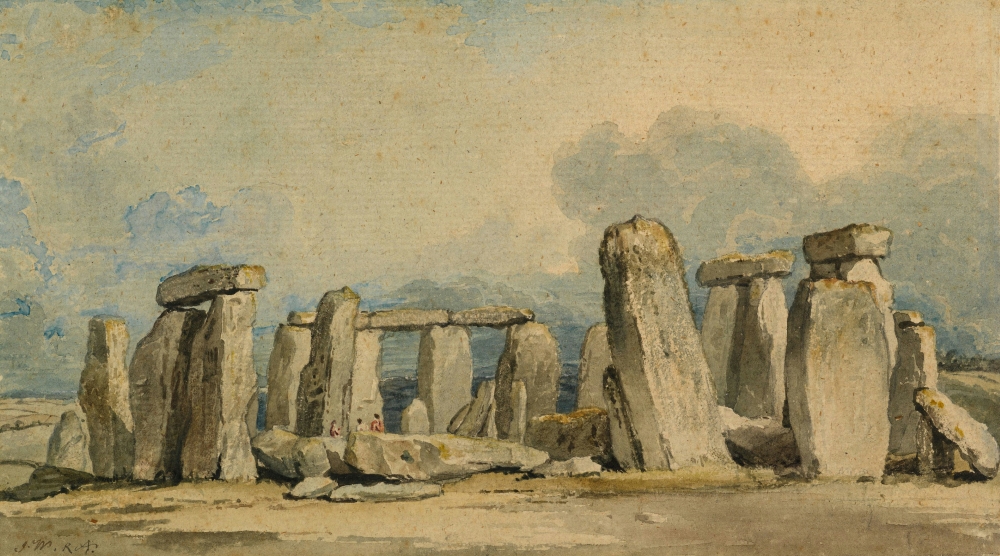As collectors, you should Protect Your High-Value Art Collection.
Art is more than just paint on canvas or a sculpture in a gallery. It’s a reflection of culture, emotion, and history—a treasure that tells stories across generations.
Ensuring your art collection is enjoyed by future generations requires thoughtful planning and care. From meticulous inventory management to proper storage techniques, every step counts in maintaining the integrity and value of your beloved pieces.
Dive into this guide to discover how you can safeguard your artistic legacy while enriching the lives of those who come after you.
The Importance of Preserving Art for Future Generations
 Preserving art for future generations is about more than just aesthetics. It fosters a connection to our past, offering insights into different cultures and ideologies. Each piece carries stories that deserve to be shared.
Preserving art for future generations is about more than just aesthetics. It fosters a connection to our past, offering insights into different cultures and ideologies. Each piece carries stories that deserve to be shared.
Art has an unparalleled ability to spark dialogue and inspire creativity. By safeguarding these works, we ensure that upcoming artists and collectors can draw from the inspiration of those who came before them.
Moreover, preserving art serves as a form of cultural heritage protection. In a rapidly changing world, maintaining access to artistic expressions allows societies to reflect on their values and evolution over time.
The emotional impact of art transcends its material value; it resonates deeply with individuals across ages. Ensuring this legacy remains intact enriches not only personal lives but also society as a whole.
Creating an Inventory of Your Art Collection
 Creating an inventory of your art collection is a crucial step in ensuring its longevity. Start by documenting each piece, noting the title, artist, date of creation, and medium used.
Creating an inventory of your art collection is a crucial step in ensuring its longevity. Start by documenting each piece, noting the title, artist, date of creation, and medium used.
Photographs can be invaluable here. Capture high-quality images that showcase details and any unique features. This visual record complements written descriptions.
Next, consider adding provenance information. Knowing where a piece has been adds to its story and value. Don’t forget to include purchase receipts or appraisals as part of this documentation.
Organise the inventory digitally if possible. There are various software options available specifically designed for art collections. This makes updates easy as your collection grows or changes over time.
Assess the overall worth of your collection regularly through professional appraisals—this ensures you remain informed about potential insurance needs down the line while also preserving legacy aspects for future generations.
Proper Storage and Display Techniques
 Proper storage and display of artwork is essential for its longevity. Begin by choosing a climate-controlled environment to prevent damage from humidity or extreme temperature changes. Keep artworks away from direct sunlight to avoid fading.
Proper storage and display of artwork is essential for its longevity. Begin by choosing a climate-controlled environment to prevent damage from humidity or extreme temperature changes. Keep artworks away from direct sunlight to avoid fading.
When storing pieces, use acid-free materials like tissue paper or cardboard. This protects against deterioration over time. Flat storage is ideal for works on paper, while paintings should be hung or stored upright in protective sleeves.
For display, invest in high-quality frames that offer UV protection. This not only enhances the aesthetic but safeguards the work as well.
Regularly inspect your collection for signs of wear or damage. Quick action can often prevent irreversible harm and ensure that your art remains vibrant and intact for future generations to appreciate.
Conclusion: Protect Your High-Value Art Collection
 The legacy of your art collection is an invaluable gift to future generations. By taking the time to preserve and protect these pieces, you’re ensuring that their beauty and significance can be appreciated long after you are gone.
The legacy of your art collection is an invaluable gift to future generations. By taking the time to preserve and protect these pieces, you’re ensuring that their beauty and significance can be appreciated long after you are gone.
Investing in proper storage methods prevents deterioration. Whether it’s controlling humidity levels or using acid-free materials, each decision contributes to the longevity of your art. Creating a detailed inventory also plays a crucial role—it makes tracking your collection easier and helps future caretakers understand its history.
Moreover, securing specialist insurance is vital for safeguarding against potential losses. Options like ‘Blanket’ or ‘Unspecified’ fine art insurance cover will provide financial protection based on the overall value of your collection, which can range from £25,000 to £50,000 or more depending on its worth.
By embracing these practices today, you’re not just preserving artwork; you’re nurturing a cultural heritage that deserves recognition and admiration for years to come. Your dedication ensures that others will continue to find joy in your curated treasures long into the future.
High Net Worth Insurance Specialist is a trading name of PiA Commercial Ltd.






